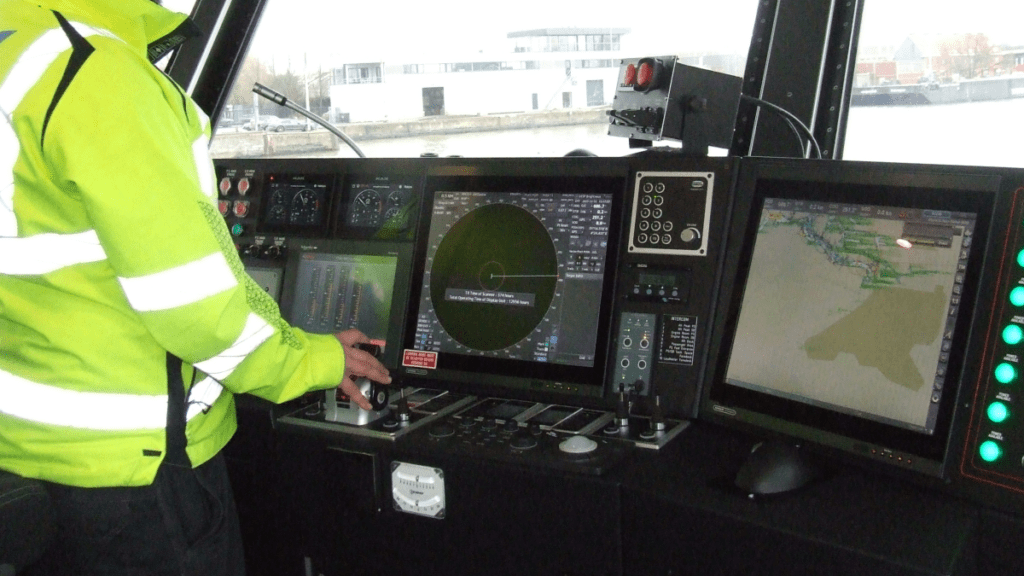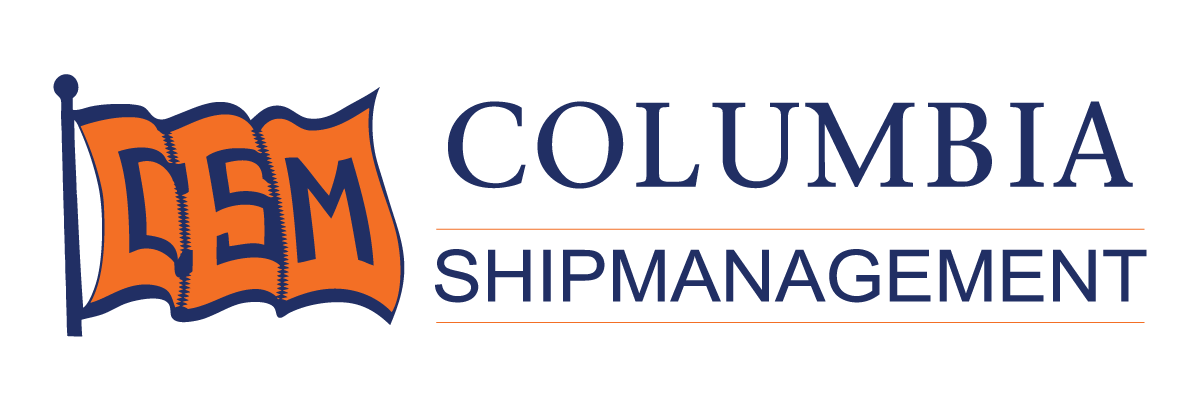AI set to transform ship navigation, bridge operations

AI is being adopted by the shipping industry as a valuable, innovative technological tool for applications including weather routeing and voyage optimisation.
The future of bridge operations could see AI-powered radars and ECDIS interacting with navigation officers to help them navigate more safely and efficiently, said Columbia Group director of crewing and training Faouzi Fradi.
AI technology is developing faster than anticipated and could be further integrated onto ships, but safeguarding measures and regulations need to be in place, he added.
“I can see it being used directly with ECDIS and radar systems to help officers to navigate the vessel and recommend solutions when problems arise,” said Capt Fradi.
“We need to be open to new innovative technological solutions and look at how it can improve our current operations.”
AI could provide valuable information to navigators and officers of the watch to avoid hazards and prevent ship groundings and collisions.
“It is a very interesting piece of technology that I believe will revolutionise shipping in different areas of operations,” said Capt Fradi. “But we are yet to fully understand AI and what it can do at its full potential.”
AI requires data, instructions for analysis and algorithms employed to process the information, but Capt Fradi said it is more than just software.
“AI makes you think are we going to go straight from a piece of equipment that is software to AI technology,” he said. “We will have to go through a few transitional steps first. The industry is quite slow moving when it comes to regulations, so we need to look at safeguards now.”
Implementing new technology comes with challenges because people do not always understand how to use it.
“ECDIS is a great example of how we have gone from paper navigation to electronic and the many challenges we have gone through to get to where we are today. We are now talking about ECDIS S100 coming,” said Capt Fradi.
S100 is a new series of standards for navigational information used in ECDIS and other bridge systems to improve insights and safety.
“There must be regulations in place for AI to be used in such a way, we still have a long road to go down,” Capt Fradi added. “We also need to look at training, which is vital if we are going to adopt AI.”
The shipping industry will go through trial and error and some steps in the interim before making the big jump to AI-driven ECDIS and radar.
“Crew safety will always come first, so we need to look at what training resources and modules need to be created before it can be used on ships,” said Capt Fradi. “AI is something we need to sit up and start listening to now, we need to be prepared and have regulations in place for the safety of our crews and vessels.”
The post AI set to transform ship navigation, bridge operations appeared first on Columbia Shipmanagement.





